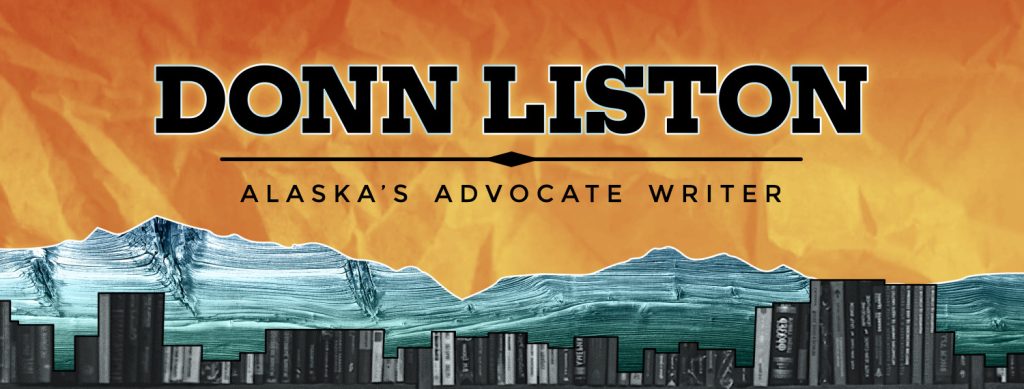Food for Thought for Alaskans

Alaskans take a lot of things for granted when it comes to food security in this state. And, while we live in the Polar Climate Zone our ability to create local food sources beyond what comes from other places is evolving. Unfortunately, public policy for food security is woefully inadequate and it is time elected officials did more than blow hot air about what they are doing.
Let’s look at what we know about
Alaska food systems
A September, 2012 study by the University of Alaska Institute on Social and Economic Research (ISER) took a comprehensive look at Alaska Food Systems. In the study a food system was defined as having five components: 1) production, 2) distribution, 3) food preparation and preservation or processing, 4) food use and consumption, and 5) the recycling and disposal of food wastes.
[1]UA Institute of Social and Economic Research Report
I personally think this report is overly complicated, resulting in an 85-page study that the State of Alaska paid for. We writers are usually paid by the word, you know, but I will now cut to the chase.
ISER was hired to do this study because the Alaska Department of Health and Social Services, Section of Chronic Disease and Heath Promotion wanted to know what was known and not known about Alaska’s Food System. The researcher’s task was to locate, compile, and describe indicators for each component and to note potential concerns with any indicators. The final report provides an overview of the food system model, a demographic overview of Alaska’s residents, examination of identified components of the food system, a chapter on data, and a final index of the indicators and source information. It is sitting on shelves all over Juneau with many other studies.
How many Alaska Elected Officials
do you think have read it?
We may be seeing the result of this AK DHSS effort in television commercials featuring Alaskans who social workers want to encourage to live more healthy lifestyles by eating and drinking less sugar, smoking less, drinking less alcohol, and engaging in healthy pre-natal practices. Such Social Engineering is necessary because our public education systems are derelict and low income people often don’t understand Natural Consequences from poor choices.
[2]Alaska takes some responsibility for assuring low income people are able to access federal SNAP food benefits.
Our neighbors to the west, in the former Soviet Union,
addressed similar efforts in the following ways:
Five-Year Plans, were a method of planning economic growth over limited periods, through the use of quotas, used first in the Soviet Union and later in other socialist states. In the Soviet Union, the first Five-Year Plan (1928–32), implemented by Joseph Stalin, concentrated on developing heavy industry and collectivizing agriculture, at the cost of a drastic fall in consumer goods. The second plan (1933–37) continued the objectives of the first. Collectivization led to terrible famines, especially in the Ukraine, that caused the deaths of millions. The third (1938–42) emphasized the production of armaments. The fourth (1946–53) again stressed heavy industry and military buildup, angering the Western powers. In China, the first Five-Year Plan (1953–57) stressed rapid industrial development, with Soviet assistance; it proved highly successful. Shortly after the second plan began in 1958, the Great Leap Forward was announced; its goals conflicted with the five-year plan, leading to failure and the withdrawal of Soviet aid in 1960.
[2] Encyclopedia Britannica, Five-Year Plan System
From an Alaskan’s point of view, we should not want to repeat the mistakes of our neighbor but rather engage the power of our Capitalist Economic System to assure high production of food in Alaska. So, the part of this report that is relevant to Food Security is about Production.
Farm Characteristics
From the report: For a young state Alaska has been in the business of agriculture for a long time. The 1959 Census of Agriculture included information for 1900, when it documented 159 acres of land in farms. But that acreage increased rapidly in the next four decades and in the Census of 1939 was 1,775,752.9 In Table 3.1, we present data from the Census of Agriculture for 1997, 2002, and 2007. In 2007, Alaska had 881,585 acres, or two-tenths of a percent of the state’s total land area, as farmland. Fifty-nine percent of Alaska farms have less than 100 acres of farmland, with 23 percent of Alaska farms between 100 and 499 acres. This means that 82 percent of all Alaska farms are on less than 500 acres.
Over the time period from 1997 to 2007, the amount of farmlands in Alaska has increased by one-tenth of one percent. The size of farms has decreased overall, with farms less than 100 acres increasing by more than 30 percent. With the exception of farms 500 to 999 acres (-8%), other categories of farm size decreased by more than 25 percent. The trend is showing a shift toward smaller farms, with most farms less than 100 acres in size in 2007.
Hobby Farms Abound but Contribute Little to AK Food
Security in Population Centers
[3]ISER Publication, p-15
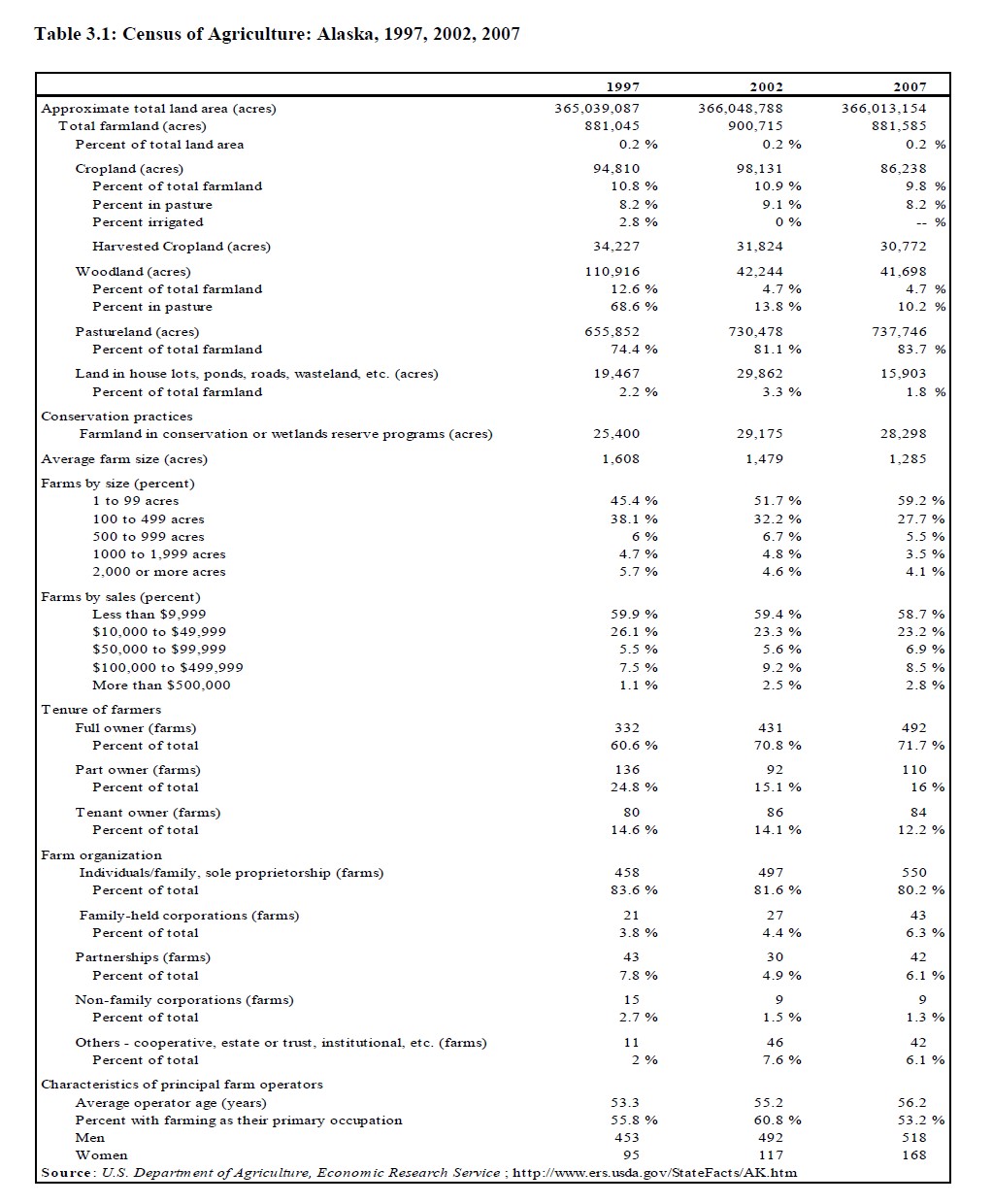
The trend was going in the wrong direction in 2007 with smaller farms struggling to produce whatever they can eek out in small plots, as might be expected in a Soviet Style system.
Farm financial indicators
Farm financial indicators of crop-production employment earnings and net income have both increased slightly. Farm employment and wages increased by the end of the five-year plan from 2006 to 2010, but in the intervening years there were fluctuations. (See Table 3.3).
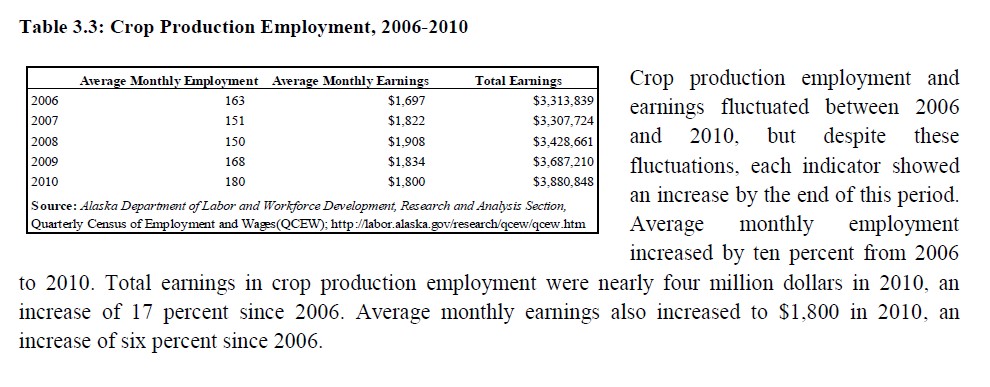
We have a stagnant Agriculture sector. The state has used oil revenues to dabble in agriculture with poor results, and it will be up to Backwater Juneau policymakers to change how Ag Land is provided if we are to increase production, according to Greg Giannulis, owner of Mike’s Quality Meats and Mt. McKinley Meats and Sausage (MMMS). Giannulis explained: Northern Canada has the same weather as Alaska and they raise many cattle there, on 10- 20- 50-thousand acre plots, Alaska government provides only 640-acre parcels for Ag Land and that keeps the price of meat higher.
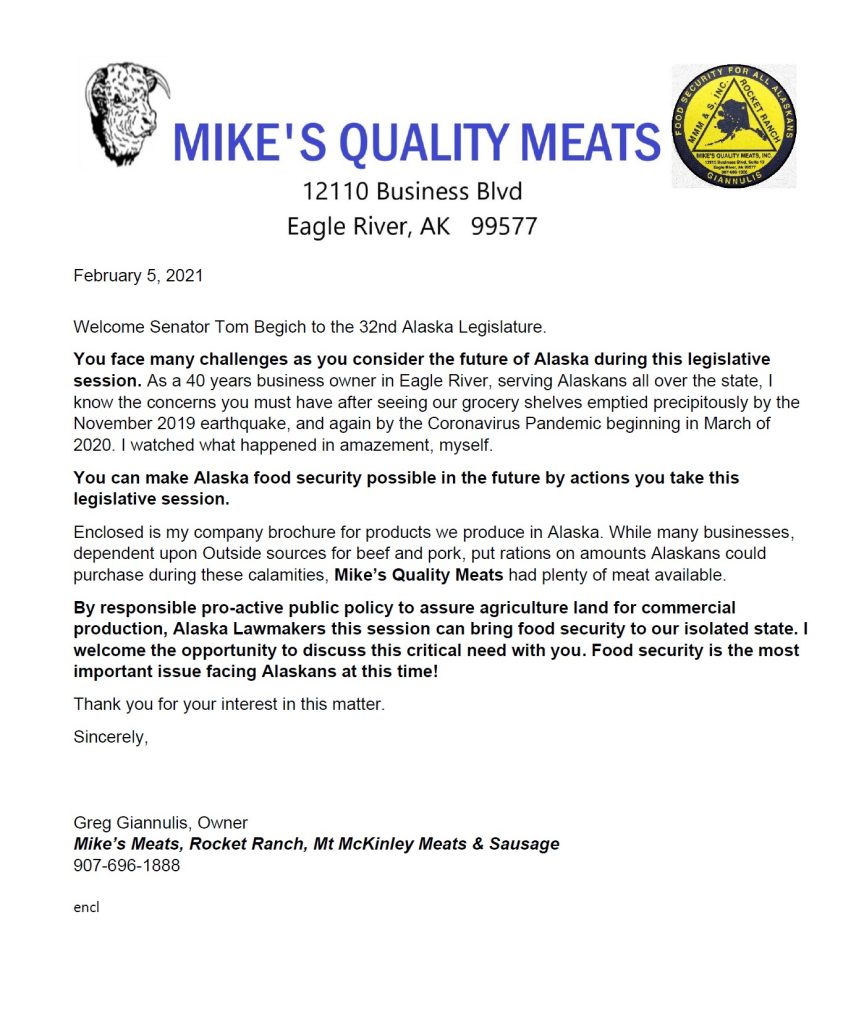
It is not Commercially Viable to Produce Adequate Meat
for Alaskans with Current Ag Land Policies
Giannulis continued: Second of all, locals say it costs more to raise meat here. No, if Canada can send beef here at $1.10-$1.20 per pound to the slaughter houses, and ship live animals to the lower 48, then why can’t we do that here? We need livestock to be raised in Alaska for the same amount as they pay in Seattle, maybe 10-20 cents higher.
Production levels seem to bear out the fact we do not have efficiencies of scale:
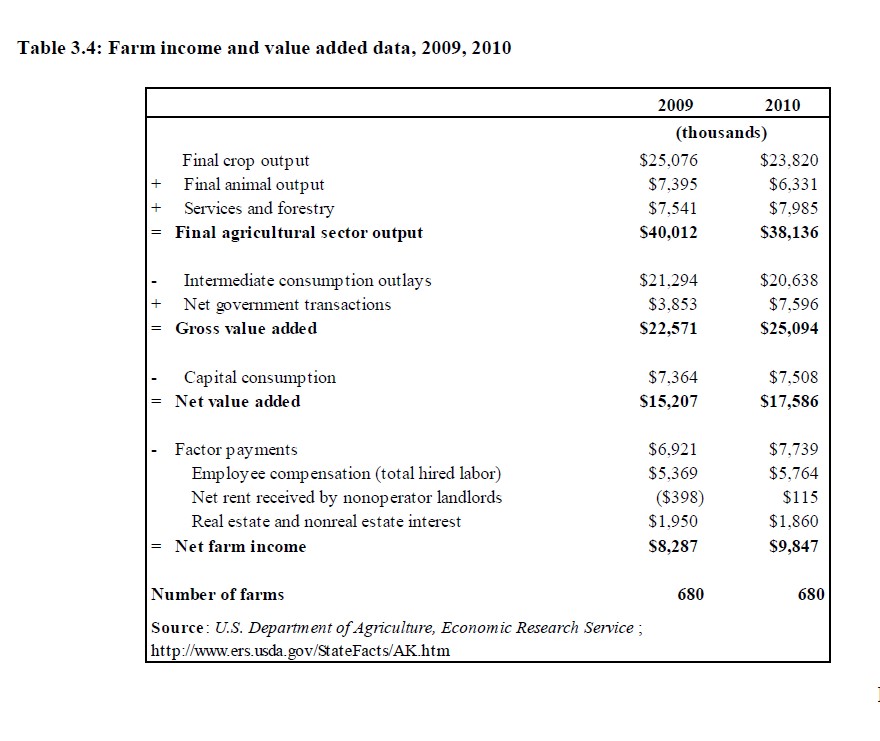
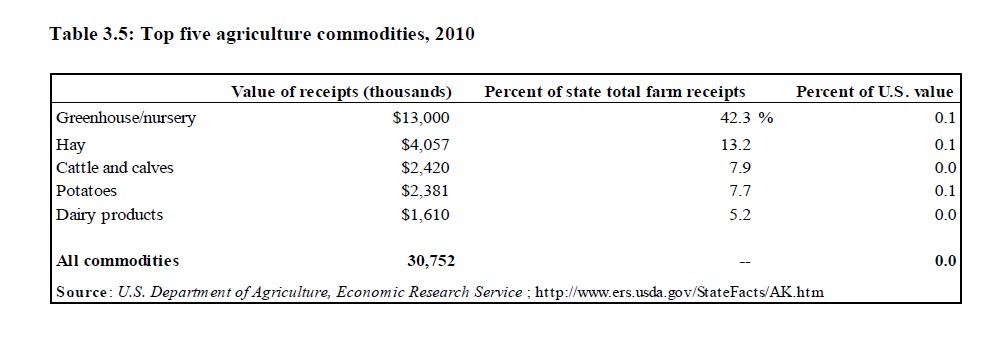
[4]ISER Publication, P-19
This is a pittance of what Alaska requires to feed our population, documented a decade ago:
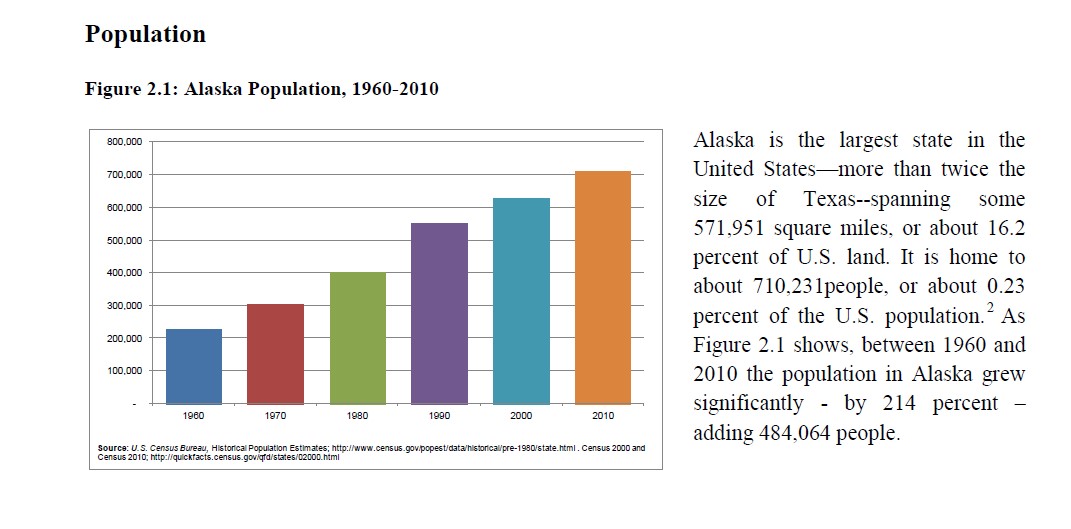
[5]ISER Publication P-5
Welcome Pilgrims, One Moose Per Year!
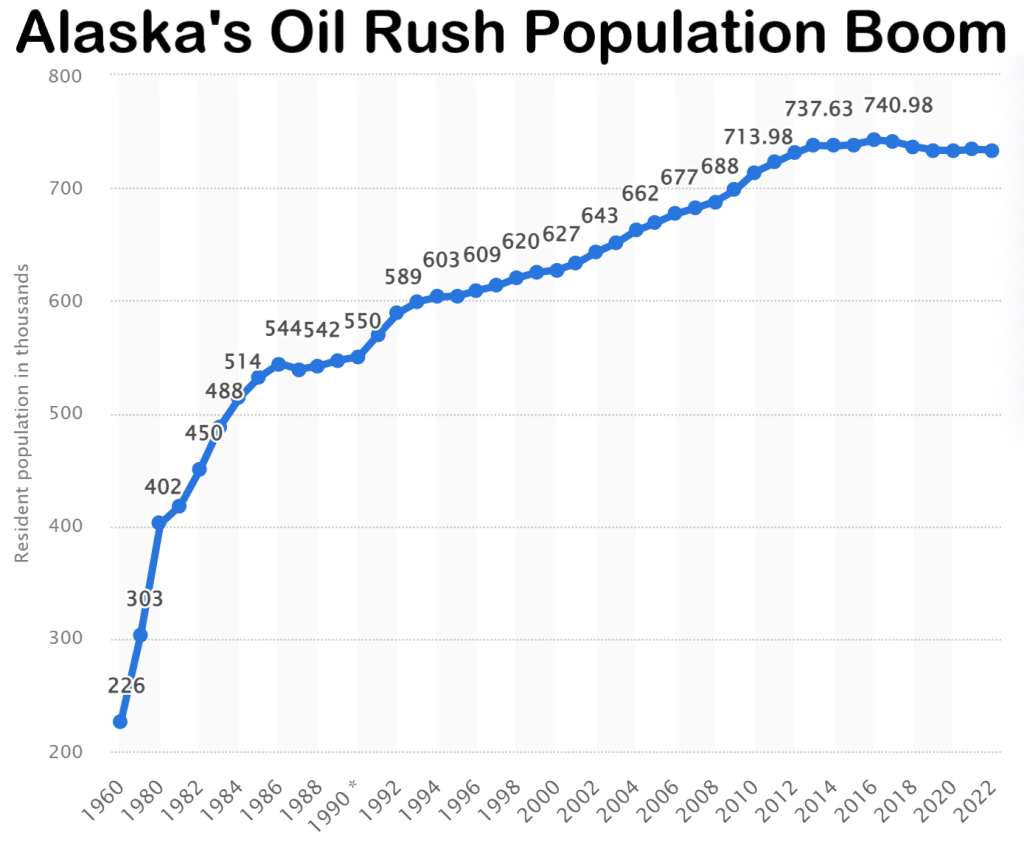
Producing more meat in Alaska will drive the price
down for all consumers
We all must eat. Whatever else is going on with the economy, the price and availability of food will determine health of all who live here. The promise of statehood was that we would determine our own destiny as part of the United States of America but today we are still dependent upon Seattle for most of our food–shipped to the Southeast Alaska ports and to the Port of Anchorage. Quality and price are controlled from out of state.
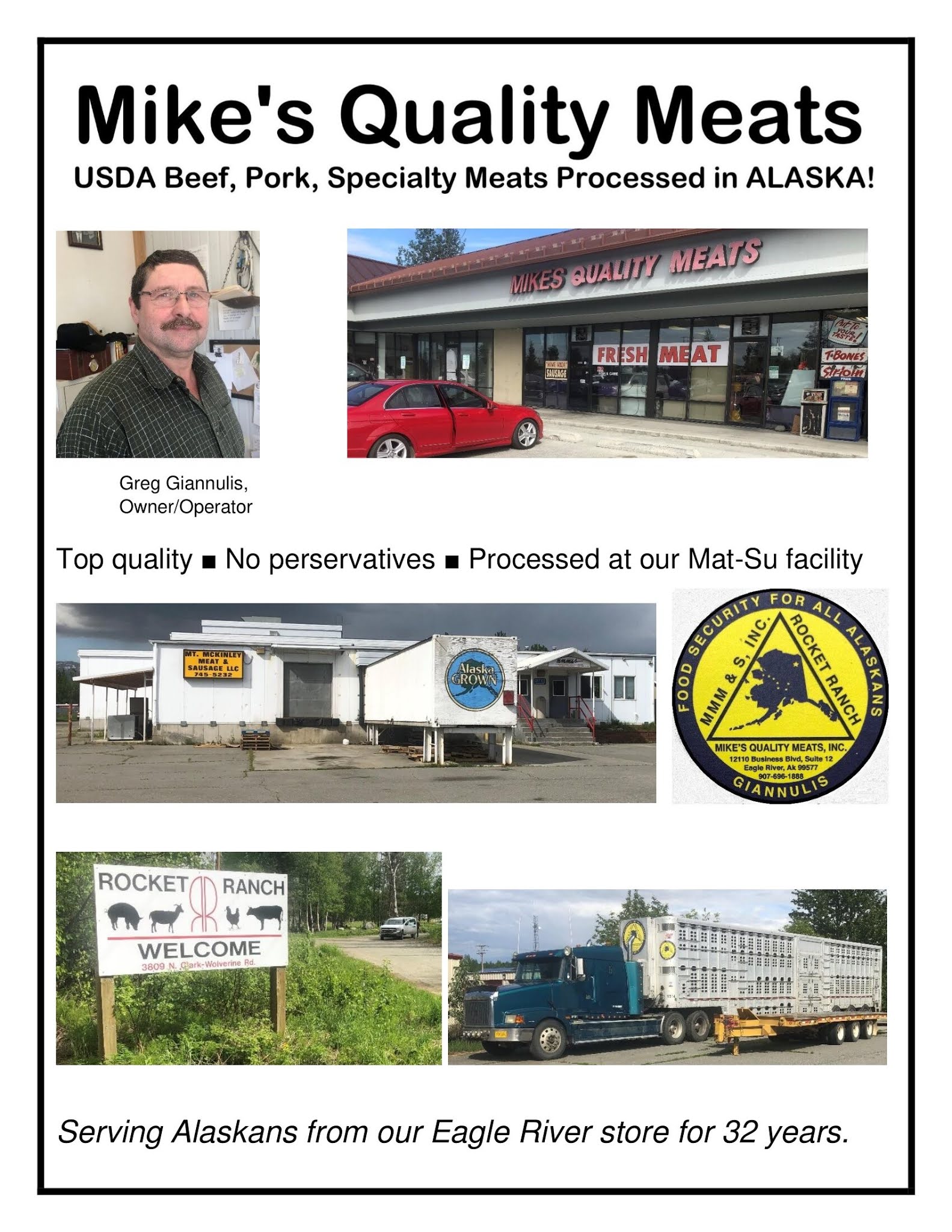
Update on the Borden Team Scam: After four profitable years with MMMS, Greg Giannulis finally realized public policy in Alaska will not allow commercial agriculture to work in the foreseeable future. He put the largest USDA Packing Plant in Alaska up for sale and was offered a 5-year lease-purchase deal that Giannulis agreed to. After the ink was dry Giannulis learned from a story in the Anchorage Daily News that his listing agent–Atlanta, GA scammer, Bill Borden, dba High Caliber Realty–had made that Offer to Purchase from a newly-formed company in which Borden had a 14% interest–without telling Giannulis of Borden/High Caliber Realty’s ownership interest. Our public ag policy invites such Outside scammers to exploit honorable Alaskans. The new slaughterhouse owners (including Borden, now) have successfully made their first-year lease payment, but the Palmer plant is still wholly owned by Giannulis until the agreed total purchase amount is paid.
This is not unlike other deals the State of Alaska previously turned down, with multiple farmer wannabes seeking to purchase the plant on time and run it by Central Committee. Giannulis paid cash, invested to upgrade the facility, and had the capacity to process 500-700 animals per week. This writer has been told by Giannulis that if he gets this property back he likely will not keep it as a packing plant. This potential puts the welfare of all Alaskans at the mercy of an Outside charlatan who even conned Gov. Michael Dunleavy. And, again with the new operator, AK Department of Corrections offenders are working here as they had been before, when State of Alaska ownership subsidized the operation as it was losing as much as $1 Million per year.
[6]Anchorage Daily News, North Pole Farming Family Buys…12/29/21
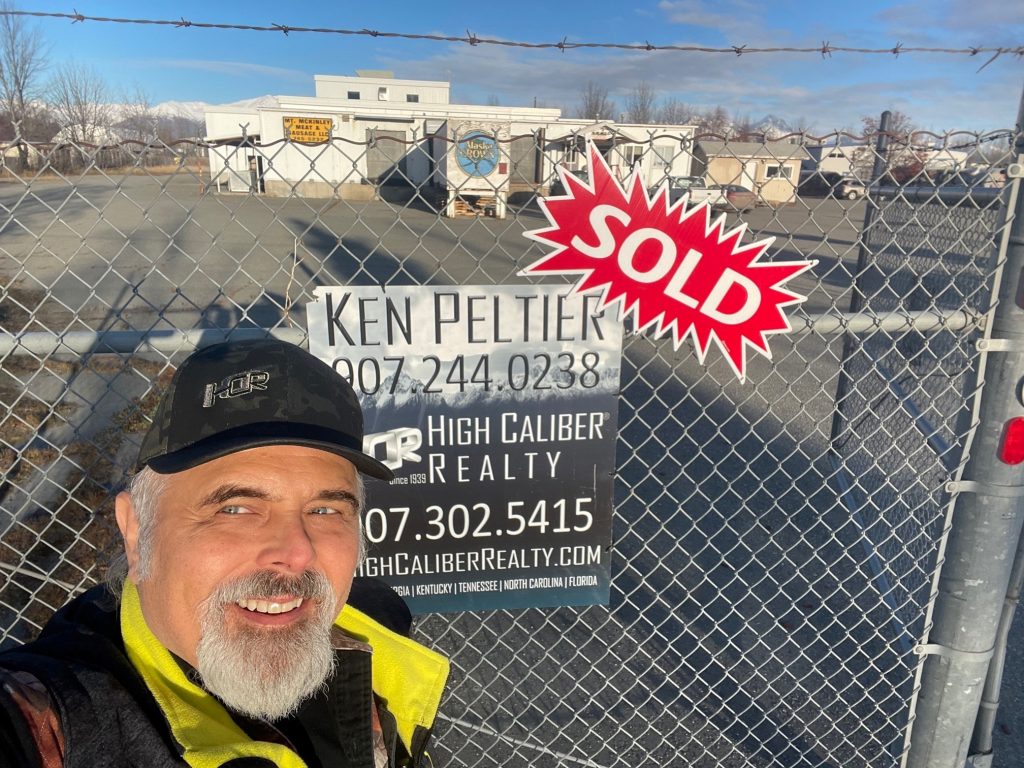
In response to my questions during our 2020 interview, Giannulis went to his constantly busy calculator, tap-tap-tap-tap: We sell our beef for an average price of $4.59, he explains in real time numbers. That’s $3.49 per pound plus slaughter/processing costs. I have been able to get the average cost of beef (for Alaska) down to $3.00 per pound.
AK Food Security is an Economic Mandate
Giannulis still owns Rocket Ranch, too: As soon as I started the Rocket Ranch I lowered the price of meat for Alaskans–before I bought the Mt McKinley slaughter house–when I lowered the price even more, he explained. Since the day I bought MMMS from the State of Alaska (2017) we have lowered the price of beef and pork to all Alaskans.

That’s how the capitalist economic principle of Supply-
and-Demand works. More supply lowers the cost, more
demand increases the cost. If legislators and the
governor cared about Alaska Food Security they would
have started talking to Giannulis a long time ago,
instead of listening to whining of all his detractors, who
want the state to subsidize THEM in Alaska Ag like we
already do for so many welfare farms.
Here is how Giannulis explained how this has worked for Alaskan consumers: Over three years I probably lowered the price four times. The rate was $5-$6-$7-per pound then. They used to sell pigs for $6 to $7 per pound—now pigs from Delta are selling for $4.70 per pound. Our price of $3 per pound is $1.70 lower; that’s a lot of savings! A 200 pound hog, times $1.70, represents a savings of $330 per hog.
In his brash manner, Giannulis further explains: I am setting the price for everybody and some may hate my guts for it. The big picture is we must drive the price down to compete. If they pay $2 per pound for a steak in Seattle we can charge $2.10-2.20 here, to be at the same level as Seattle pricing.
Giannulis begs the question: Why would Alaskans buy meat from Seattle if they can get it for the same price here? Utility and labor costs are the same as Seattle. We have no fight from Seattle now for the (small) amount we are able to produce in-state. BUT if we started having commercial farms of 10,000+ acres, Seattle will fight us. They want the majority of the state dependent on them for our food. If we can lower the price by higher levels of food produced in Alaska there is nothing they can do.
Our Elected Officials Ignore healthy Basic Economics by
denying Full Statutory PFD payments–Whistling Past the
Graveyard on Food Security–in Favor of Ever-Greater State
Spending for Entitlement and Dependency (Education/H&SS)
Programs.
As a colony of the United States, we do not have enough livestock in Alaska now. Giannulis was doing all he could to gain access to animals from Montana in addition to those he raises in Palmer and at Delta.
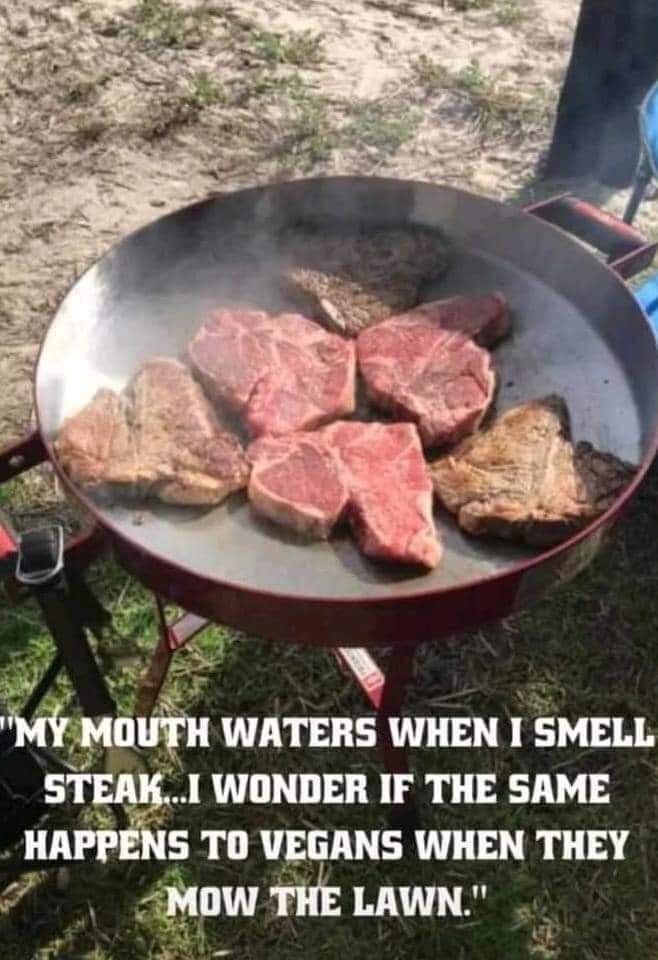
We can bring them from Canada but we choose to buy from the USA, Giannulis said at that time. So Montana is one of the hubs we bring livestock from. We will have 50 animals arriving Jan. 5th. They load the animals in Montana and haul them by truck to Edmonton, Alberta. There they stay one day to water and feed, before loading them up for the 32 hours to Alaska. The price is the same for beef in Canada but why give them our money if we can keep it in the US? We send our own trucks down to Edmonton to pick up the animals and bring them here. We try to cut out all the middlemen and deliver the product at best price for Alaskans. It has taken a few years to get this set up.
Giannulis estimates he has invested $2.5 million in his operation including the farm, storefront and processing plant, without taking out any loans or government grants.
When I came to Eagle River 40 years ago I had a pair of pants and a jacket with a hole in it, he proclaimed.
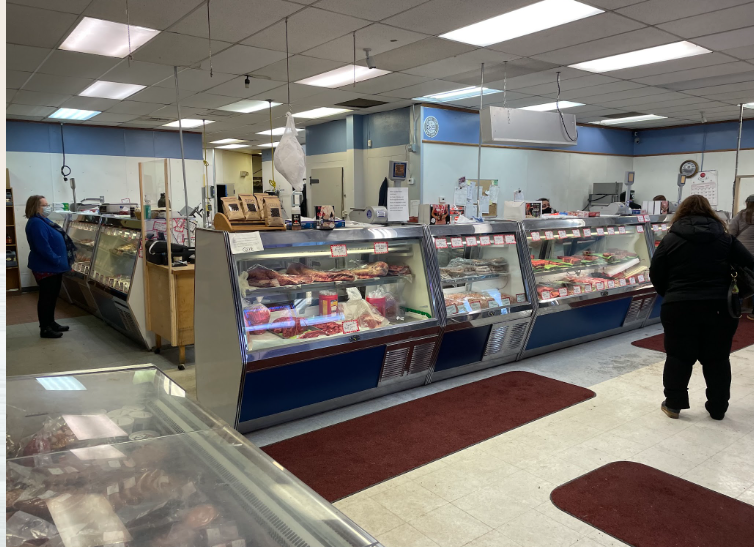
When the State of Alaska owned the slaughterhouse very few animals were processed while three managers made executive salaries and prisoners from the Alaska Department of Corrections did the work. This was the Soviet Model of food production with failed 5-year Plans.
We Don’t Have ANY Plan
I have 12-15 people at the slaughter house who process the cattle and hogs, said Giannulis at the time. The animals are gathered and slaughtered and a day later processed into meat boxes mostly. We ship to anybody according to what they want statewide. They call it in; some may require custom cut steaks, or other variations, and we give them what they want. By having the complete system from USDA Certified slaughterhouse to customer we are able to assure meat for Alaska at the best price available.
That was Then…
Giannulis looks at Food Security through the prism of a businessman: We need Alaska Ag Land for food security. Right now we have good business practices to deliver meat for Alaskans but we need land to grow hay, for barley, for hops, infrastructure: Stables, barns, for the people who work there bunkhouses, representing millions of dollars.
If the land is available the infrastructure will be built by
innovative farmer/businessmen.
If we have ag land the rest is on us, continued Giannulis. The current 640-acre allotments are not enough to do anything. We need five acres per cow on average. Some land will support a cow on 3 acres some will require 10 acres per cow–600 acres will support 120 cattle. We need to kill that many every day!
That’s the big picture and with the recent pandemic we
learned what is really important for Alaska Food
Security:
In April, when meat was not available in the entire United States, I had as much meat as anybody in Alaska wanted to buy, Giannulis said. Limits were placed on meat—one steak or two stakes at some stores—but we provided for Alaskans. That will be how we always operate.
Meaningful Alaska Food Security is now in a holding pattern as Elected Officials in Backwater Juneau pat themselves on the back for another out-of-control State Government spending spree, and eat their Washington grown and processed steaks WELL DONE!
Let constituents eat cake.
References:
[1]UA Institute of Social and Economic Research, Publication – Food System Assessment, Khristy Parker, Irina Ikatova, Rosyland Frazier, Virgene Hanna, Report 92pp, 09-01-12, Prepared for Alaska Department of Health and Social Services, Obesity Prevention and Control
Program, Pg 1, Background.
[2]Alaska takes some responsibility for assuring low income people are able to access federal SNAP food benefits.
https://health.alaska.gov/dpa/Pages/SNAP/default.aspx
[3] Encyclopaedia Britannica online: https://www.britannica.com/topic/Five-Year-Plans
[4]ISER Publication – Food System Assessment, Pg 15.
[5]ISER Publication – Food System Assessment, Pg .19
[6]ISER Publication – Food System Assessment, Pg 5.
[7]Anchorage Daily News, North Pole Farming Family Buys…12/29/21

If you appreciate my attempts to tell the truth about
what has happened in Alaska since statehood, please
consider making a donation. I have won multiple times in
court now against the Borden Criminal Enterprise after
having myself been scammed and slimed. Your
contribution–no matter the amount–would send a
message to the court that we must not tolerate
exploitation of honorable senior Alaskans willing
to speak truth to power–or even call BULLSHIT!
Thank you.
DONN
